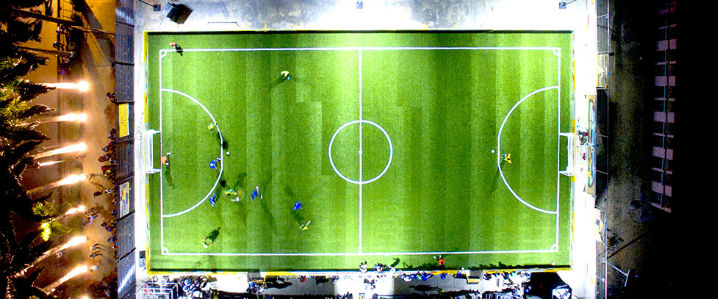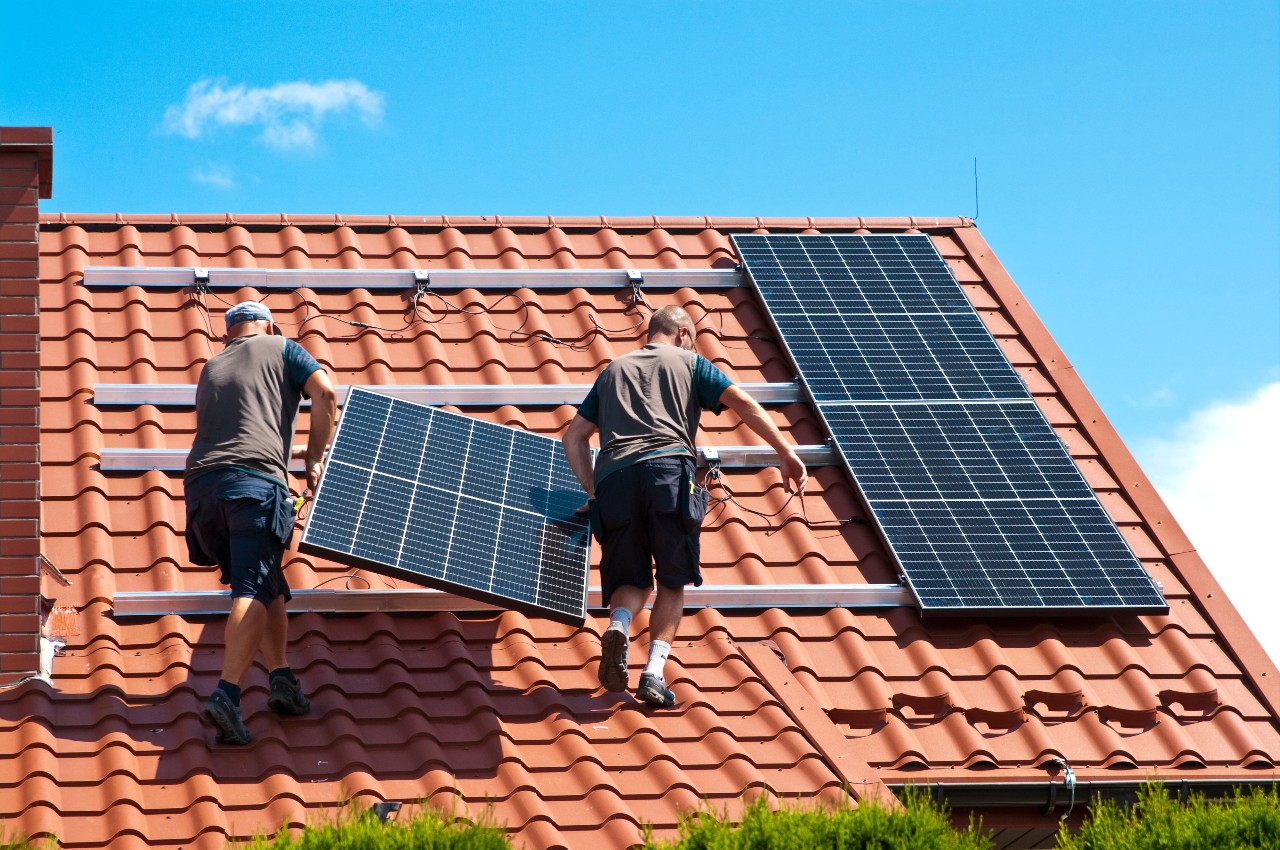Pavegen Brings Kinetic Powered Football Field to Nigeria
 Africa’s most populous nation, Nigeria, made history in December 2015 as the first African country to have its very own solar powered football pitch, following Brazil, who in 2014 launched the first solar powered football pitch in the world in Rio de Janeiro.
Africa’s most populous nation, Nigeria, made history in December 2015 as the first African country to have its very own solar powered football pitch, following Brazil, who in 2014 launched the first solar powered football pitch in the world in Rio de Janeiro.
This project was a three-way collaboration. One collaborator was UK based startup company Pavegen, headed by founder and CEO Laurence Kemball-Cook, whose aim is to provide low-cost renewable energy as a solution to Africa’s electricity problems. Cook was the winner of Shell’s LiveWire entrepreneurship award in 2010. He also secured a monthly stipend of £1,000 from Shell’s LiveWire Grand Ideas Award in 2011, which has considerably helped shape Pavegen to be the company it is today. Another was Shell, whose main ambition in this project was to include it as part of its #MaketheFuture campaign. The campaign seeks new ground-breaking ideas that are submitted to them for the improvement of local and underdeveloped communities, where resources and access to energy is limited. The third was award-winning music star Akon, who pioneered Akon Lighting Africa in 2014 as an initiative to give Africans access to electricity using solar energy.
The Football Pitch
Located in Yaba, Lagos, at the College of Education, the pitch combines kinetic energy and solar energy to produce electricity. How does this work? The technology provided by Pavegen uses about 100 pitch tiles that are installed beneath the grass to generate electricity from the kinetic energy released by the football and the players’ footsteps. Each tile produces 7 watts of power per footstep, so if you had 10 people on the field, that’s a total of 70 watts of continuous power. This energy has the ability to power voltage systems that require low energy inputs to power the floodlights that surround the field, allowing students to now have a safer playing environment when compared with playing in the dark of the night without any floodlights.

(Source: Quartz)
This energy can also be stored for later use, removing the dependence the school had on diesel powered generators. Not only does the school benefit from this new technology, the local communities do so as well from having streetlights powered for up to 24 hours from this kinetic energy. This success is just the first of many future developments that pave the way towards providing sustainable electricity in local communities by combining kinetic energy and solar power. This innovation benefits approximately 10,000 students and teachers on the campus as they not only use these resources but also teach future generations from first-hand experience how such technology works. Ideally, this initiative is a fun, interactive, and educational experience bringing the game of football and science together.
A Greener Future
As stated by Akon, this is not only an innovation for today but also for many years to come. Innovations like these are a tremendous investment for future generations:
New, reliable and smarter energy solutions play a major role in driving human progress in Africa. The innovative football pitch and programs like Akon Lighting Africa draw attention to the major opportunities that Nigeria as well as the whole of Africa has as they look to better harness new technologies and the continent’s abundant renewable energy resources. That is why I will feature this pitch in my upcoming video for ‘Tell Me We’re OK’ because I want youngsters, whether they are in Lagos, Los Angeles or London, to think about how they too can help us make the future.” – Akon (Source: Shell Nigeria)
These developments are a way to provide better access to renewable and more sustainable energy sources to solve Africa’s electricity problems and also a way to educate future generations across the nations on how to use and develop sustainable energy as a means to improve their own local communities as future entrepreneurs.


















